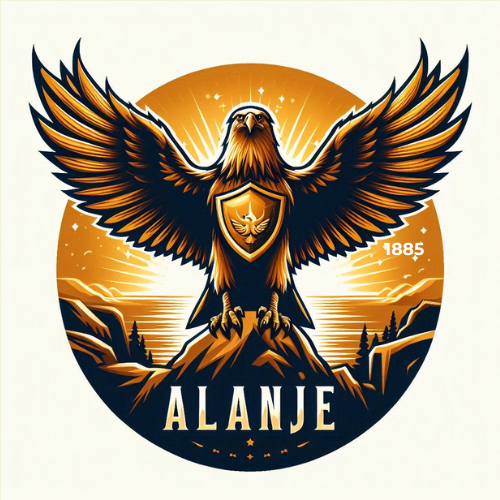
Understanding the Basic Concepts of OLSP Systems
Introduction to the OLSP System: An Overview
OLSP, or One Lead System Pixel, from Wayne Crowe in Norfolk England is a digital ecosystem designed to facilitate and enhance online learning experiences. It serves as a centralized hub for learners, educators, and administrators, providing a range of tools and resources to support effective teaching and learning.
Check out our OLSP website here: https://olsprockswithalanje.com
Historical Evolution and Key Milestones
The evolution of OLSP systems can be traced back to the early days of the internet, when online education began to emerge. As technology advanced and broadband internet became more accessible, OLSP systems grew in complexity and functionality. Key milestones include:
- The development of early online course management systems (CMS)
- The integration of virtual classrooms and live streaming capabilities
- The emergence of mobile-friendly OLSP systems
- The increasing adoption of artificial intelligence and machine learning in online learning
Real-World Applications and Relevance
OLSP systems have become indispensable in various educational settings, including:
- K-12 education: Supporting distance learning programs and blended learning models
- Higher education: Delivering online courses and degree programs
- Corporate training: Providing professional development opportunities for employees
- Lifelong learning: Offering courses and resources for individuals seeking to continue their education
Why Understanding OLSP Systems Matters
Understanding OLSP systems is crucial for educators, learners, and administrators for several reasons:
- Enhanced learning experiences: OLSP systems can provide personalized, engaging, and effective learning experiences.
- Improved access to education: OLSP systems can expand access to education, especially for those who are geographically isolated or have scheduling constraints.
- Cost-effective solutions: OLSP systems can be a cost-effective alternative to traditional face-to-face instruction.
- Innovation and adaptation: OLSP systems can foster innovation and adaptation in education, allowing for new teaching and learning approaches.
Core Components of the OLSP System
An OLSP system typically consists of several key components:
- Digital and technical infrastructure: This includes hardware, software, and networking components that support the system’s operation.
- Software: OLSP software provides the tools and features needed for online learning, such as course management, communication, and assessment.
- Data management and security: OLSP systems must effectively manage and protect sensitive learner data.
- Key players and stakeholders: The OLSP ecosystem includes educators, learners, administrators, content creators, and technology providers.
Implementing OLSP Systems: Step-By-Step Guide
Implementing an OLSP system involves several key steps:
- Initial assessment and planning: Identify the needs and goals of the organization, and develop a plan for implementing the OLSP system.
- Technology selection and integration: Choose the appropriate OLSP software and integrate it with existing systems.
- Change management and staff training: Prepare staff for the transition to online learning and provide necessary training.
- Monitoring and continuous improvement: Evaluate the effectiveness of the OLSP system and make ongoing improvements.
Benefits and Challenges of OLSP Systems
Benefits:
- Enhancing operational efficiency and productivity: OLSP systems can streamline administrative tasks and improve efficiency.
- Overcoming implementation hurdles: With careful planning and execution, implementation challenges can be overcome.
Challenges:
- Technical difficulties: Issues with hardware, software, or internet connectivity can disrupt online learning.
- Lack of face-to-face interaction: Some learners may find it difficult to engage in online learning without face-to-face interaction.
- Digital divide: Access to technology and the internet may be uneven, limiting participation in online learning.
Success Stories and Case Studies
Numerous success stories and case studies demonstrate the effectiveness of OLSP systems in various educational settings. These examples highlight the positive impact of OLSP systems on student outcomes, faculty satisfaction, and institutional efficiency.
Future Trends and Innovations in OLSP Systems
The future of OLSP systems is promising, with several emerging trends and innovations:
- Artificial intelligence and machine learning: AI and ML can personalize learning experiences and provide intelligent tutoring.
- Virtual and augmented reality: VR and AR can create immersive and interactive learning environments.
- Gamification: Incorporating game-like elements can enhance engagement and motivation.
- Blockchain technology: Blockchain can ensure data security and transparency in online learning.
As OLSP systems continue to evolve, they will play an increasingly important role in shaping the future of education.
Check out our OLSP website here: https://olsprockswithalanje.com
If you would like to sign up to OLSP using our affiliate link click HERE.

+ There are no comments
Add yours